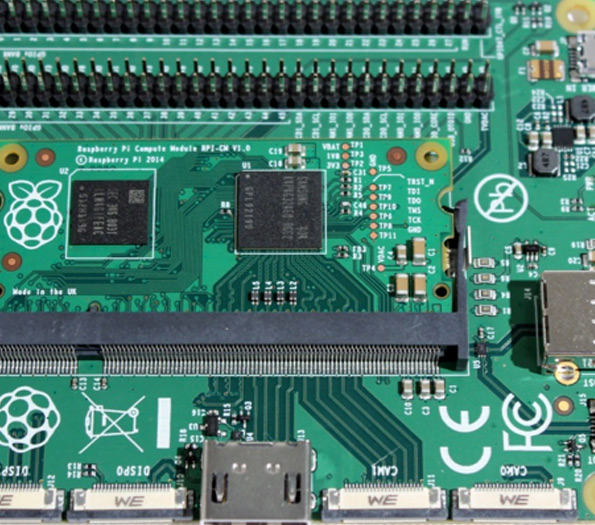

Understanding Reflective Toughened Glass Properties and Applications
Reflective toughened glass is a remarkable material that combines the aesthetic appeal of reflective surfaces with the strength and resilience of toughened glass. This unique glass offers both functional and decorative benefits, making it increasingly popular in various architectural and interior design applications.
What is Reflective Toughened Glass?
Reflective toughened glass is essentially toughened glass that has been coated with a reflective layer. Toughened glass, also known as tempered glass, undergoes a special heating process that makes it significantly stronger than standard glass. This process increases its resistance to impact and thermal stress, making it less likely to break under extreme conditions. The reflective layer is typically created using a metallic coating that allows the glass to reflect light, enhancing its visual appeal while providing additional benefits.
Key Properties
1. Strength and Safety One of the primary advantages of toughened glass is its strength. It can withstand greater force than regular glass, making it ideal for use in environments where safety is a concern. In the event of breakage, toughened glass shatters into small, blunt pieces rather than sharp shards, minimizing the risk of injury.
2. Thermal Resistance Reflective toughened glass can endure significant temperature fluctuations without deforming or breaking. This property makes it suitable for buildings and structures exposed to intense sunlight, where heat build-up can be a significant issue.
3. Reflective Aesthetics The reflective coating not only enhances the visual appearance of the glass but also contributes to energy efficiency. By reflecting sunlight and reducing heat gain, reflective toughened glass can help maintain comfortable indoor temperatures while lowering energy consumption for cooling.
4. UV Protection The reflective layer also acts as a barrier against harmful ultraviolet (UV) rays, protecting both residents and furnishings from sun damage. This aspect is particularly valuable in residential settings where furniture, fabrics, and artworks can fade over time when exposed to sunlight.

Applications
Reflective toughened glass finds a wide range of applications across different industries
1. Architecture In commercial and residential buildings, reflective toughened glass is often used for façades, windows, and balustrades. Its sleek appearance complements modern architectural designs and offers energy savings through enhanced thermal performance.
2. Interior Design In interior spaces, this type of glass is utilized for partitions, shower enclosures, and mirrors. The reflective quality creates an illusion of more space, brightens rooms, and adds a touch of elegance.
3. Automotive Industry Reflective toughened glass is also used in the automotive sector, particularly for sunroofs and windows, where safety and UV protection are paramount. The material helps in reducing glare and improving visibility.
4. Decorative Elements Artists and designers are increasingly using reflective toughened glass in art installations and decorative features. The interplay of light and reflection can create stunning visual effects and enhance the overall aesthetics of a space.
Conclusion
Reflective toughened glass represents a perfect blend of beauty and functionality. Its robust nature, combined with thermal resistance and aesthetic appeal, makes it a favored choice across various sectors. As architectural trends continue to evolve towards more sustainable and visually striking designs, the demand for reflective toughened glass is likely to grow. Whether in commercial buildings or private homes, this material stands as a testament to modern engineering and design innovation, providing both safety and style.